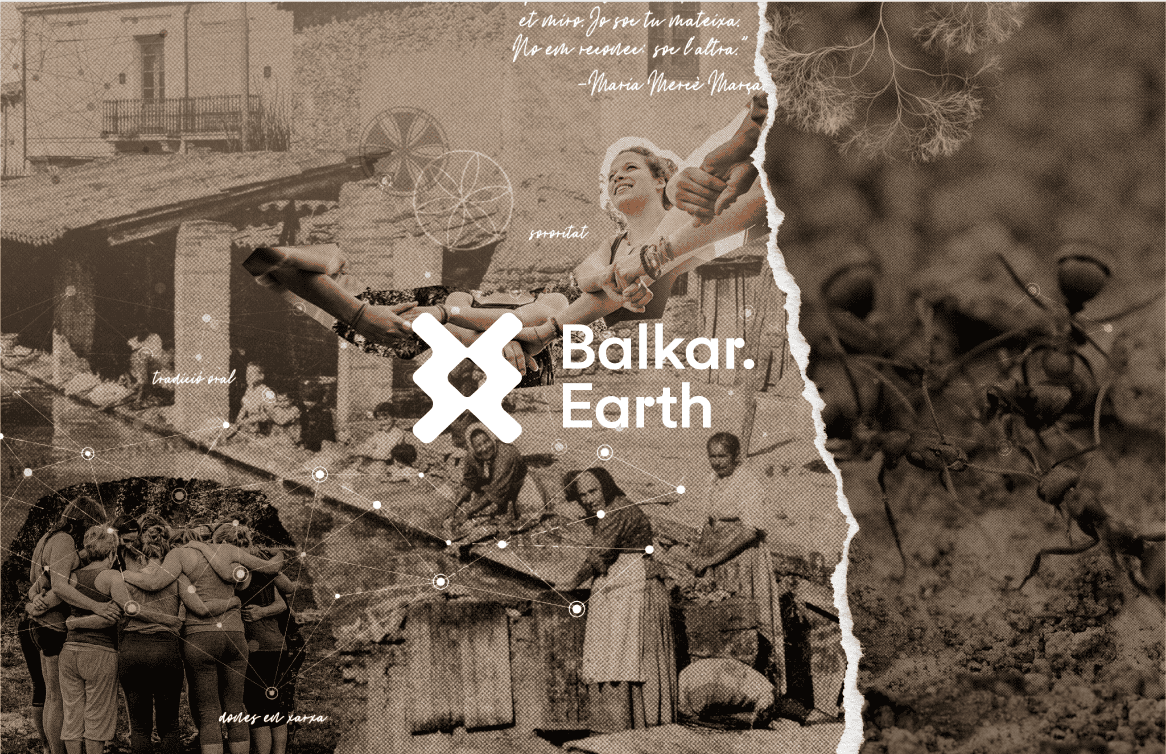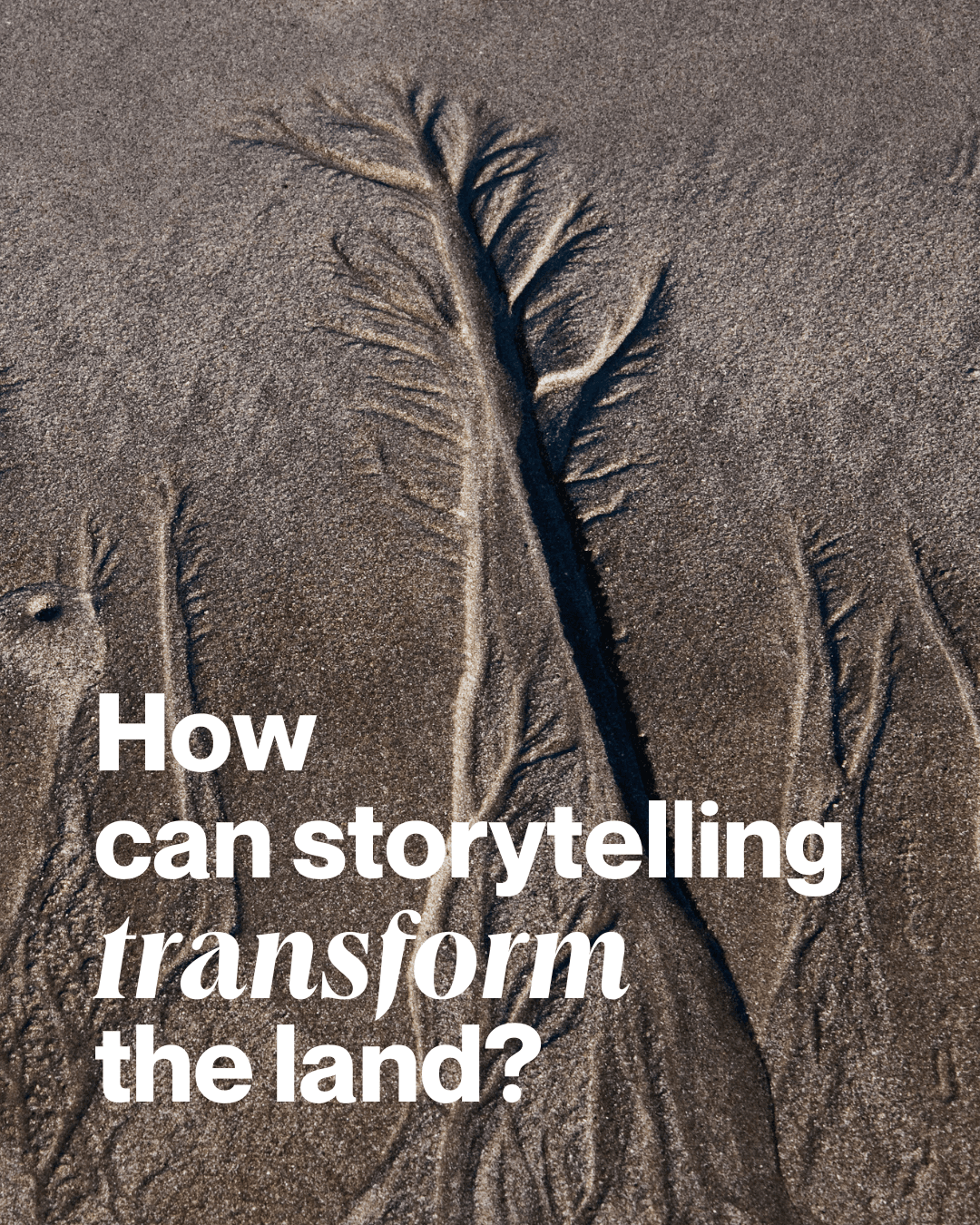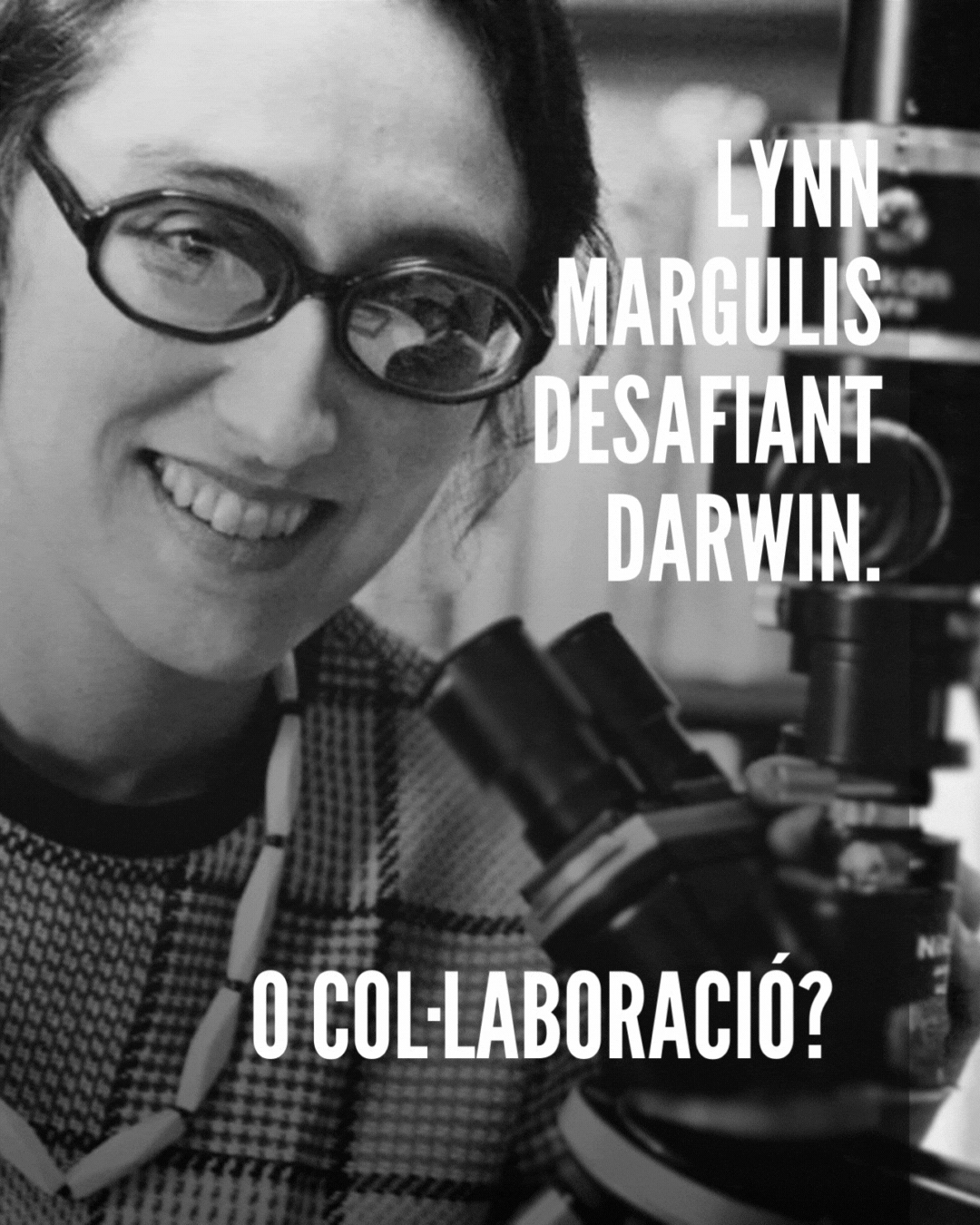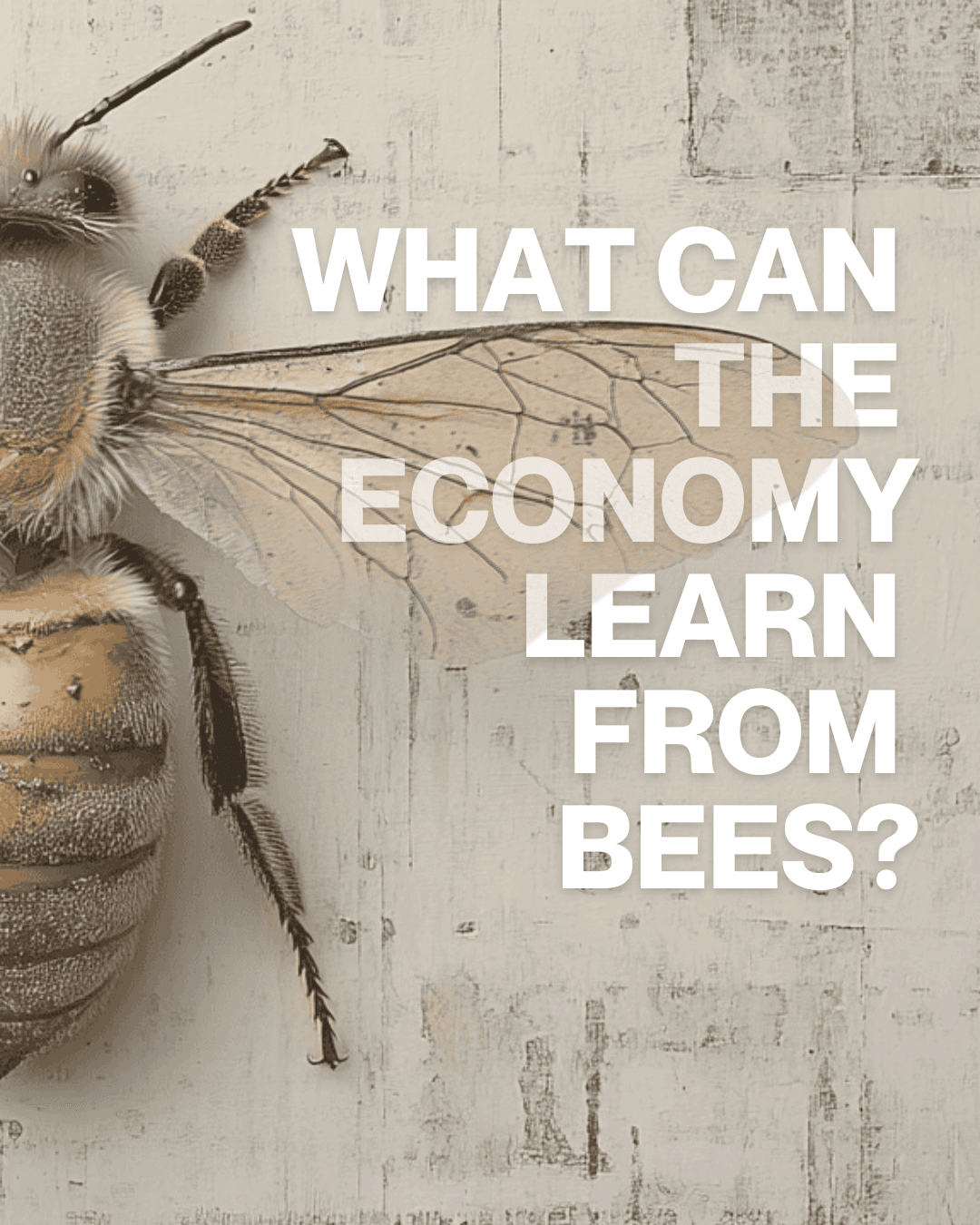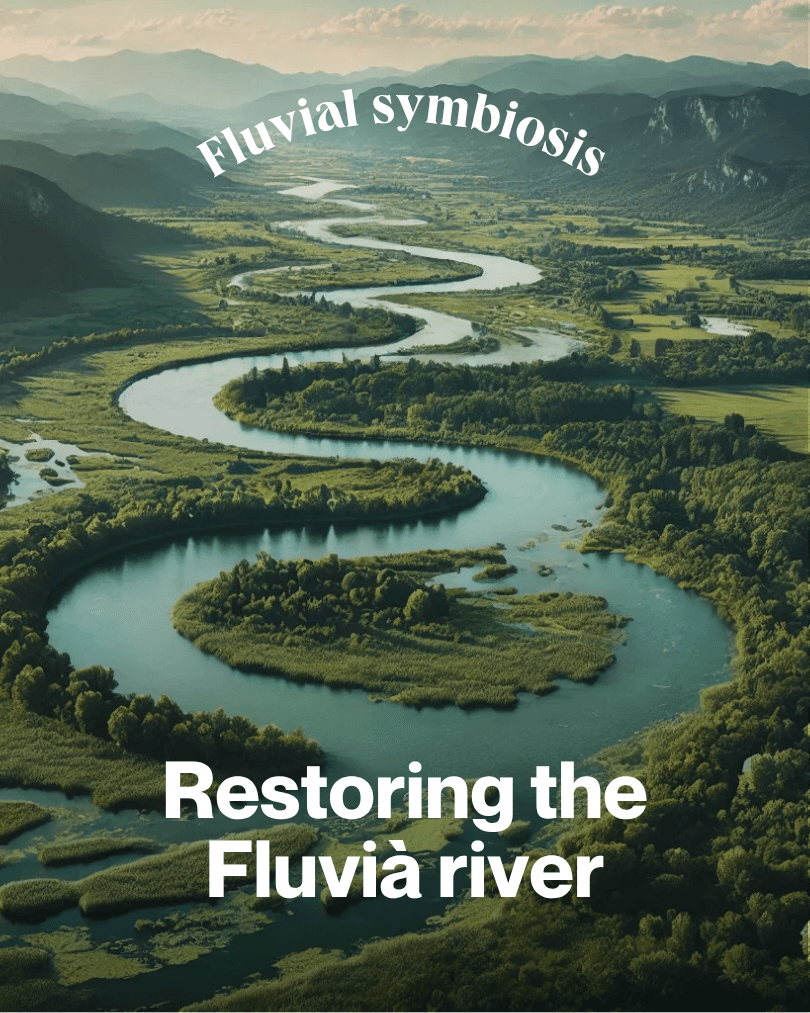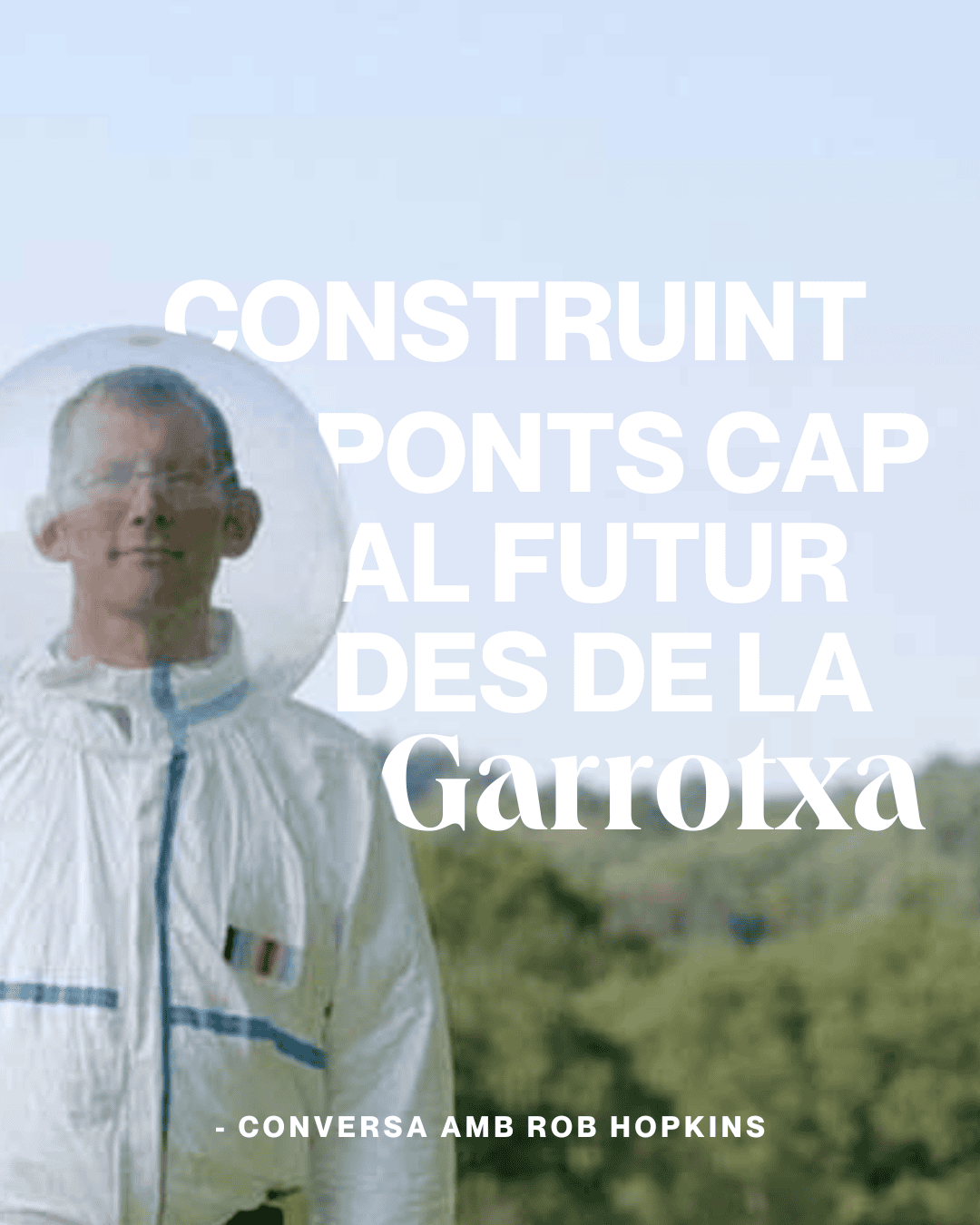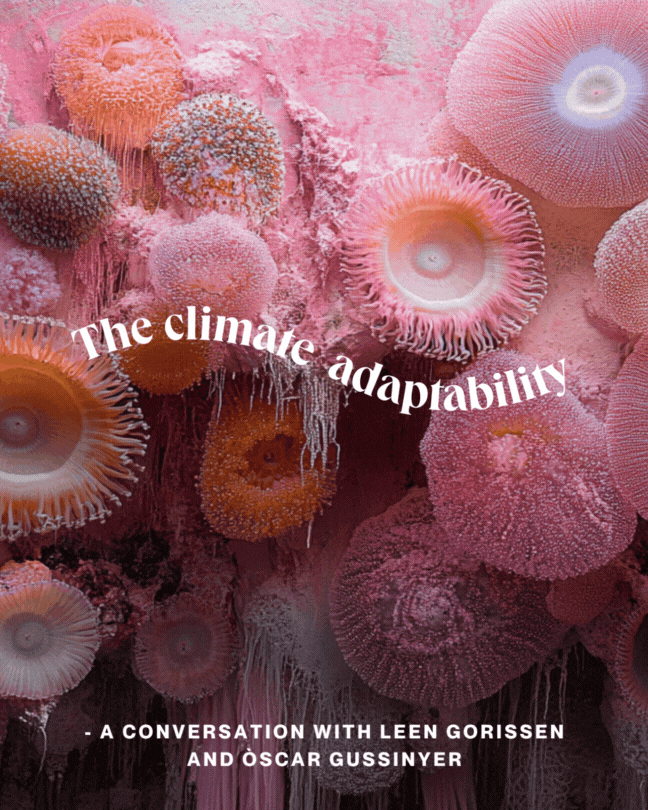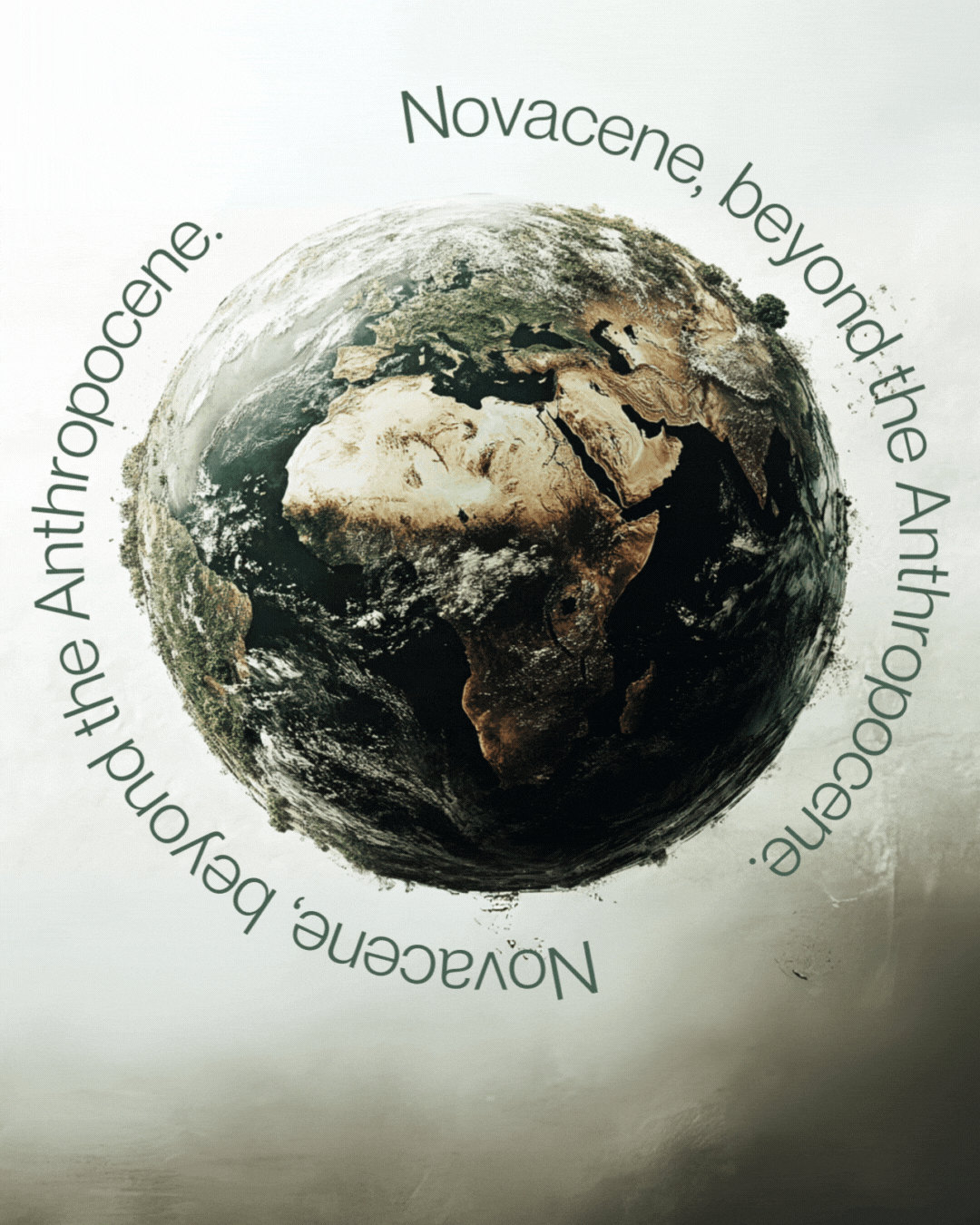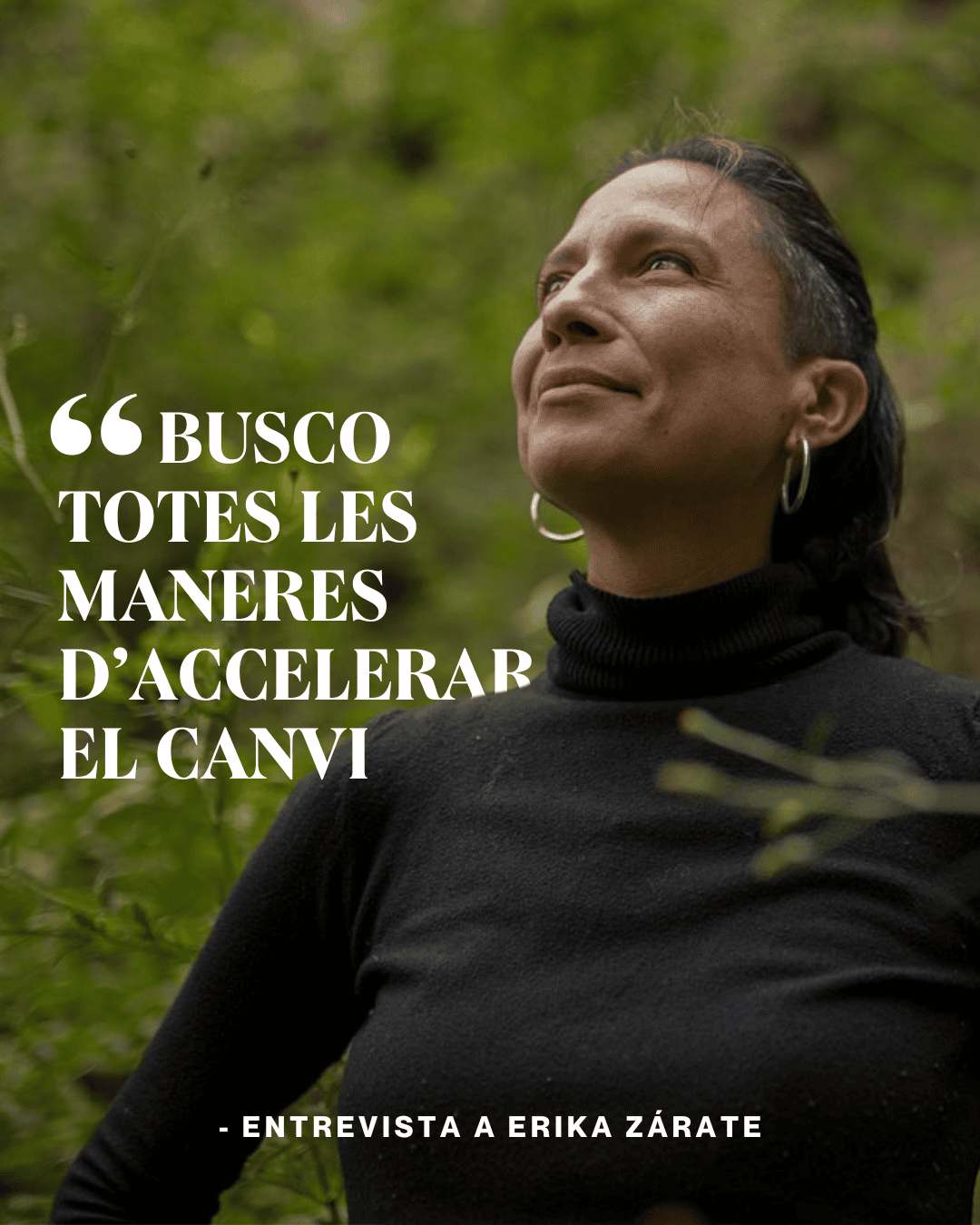Bioregionalization
How can an evolving society, if it does not listen to the natural rhythms of the territory it inhabits?
Adaptation to the territory
Bioregionalization is a holistic and adaptive approach to land management that emphasizes the deep understanding of the ecological, social and cultural interconnections of a region. This model promotes a structural transformation of human systems, from a centralized scheme to a more equitable organization of power and resource management at the local level. The main objective is to build more resilient and sustainable social and ecological systems.
Instead of proposing new administrative delimitations, bioregionalization seeks to break with the logic of fragmentation and territorial division, prioritizing a collaboration based on the points in common that facilitate consistent integration. Thus, while centralism represents a hierarchical and extractive organization of the territory, bioregionalization is committed to a distributed governance model, adapted to the dynamics and natural coherences of each region. This approach favors a deeper connection of communities with the ecosystems they depend on, establishing balanced and sustainable relationships with their environment.
The bioregionalization process can be understood as an evolutionary step in territorial management, beginning in centralism, advancing towards decentralization and culminating in a fully adaptive and aligned governance system with natural dynamics. Each bioregion, defined by its ecological, cultural and natural identity, needs specific solutions that respond to its particularities. In this way, bioregionalization is not limited to administrative changes, but instead transforms governance structures into more organic and flexible models, increasing the autonomy and sustainability of the territory.
This approach not only reinforces the ability of communities to face global challenges such as climate change or environmental degradation, but also enhances ecological and social regeneration. Through integrated territorial management, the regenerative use of local resources is maximized and the natural rhythms of ecosystems are respected. Thus, territories not only become more self-managed and resilient, but also build a synergistic relationship with nature, where human and environmental needs are in balance. Bioregionalization becomes a key tool to advance towards fairer, coherent and sustainable governance, allowing territories to regenerate and evolve in the face of future challenges.
“I have worked with Resilience Earth for many years and consider them international leaders in this new and growing field of bioregional practice. Resilience.Earth has the puzzle of systemic change related to decentralized governance, so that citizens have an active role in decision making and allocating resources to their own territories. In addition to this, they organize such events that make anyone feel happy to live. ”
- Isabel Carlisle, founding member of the Bioregional Learing Center (UK), and international benchmark in Bioregionalization.
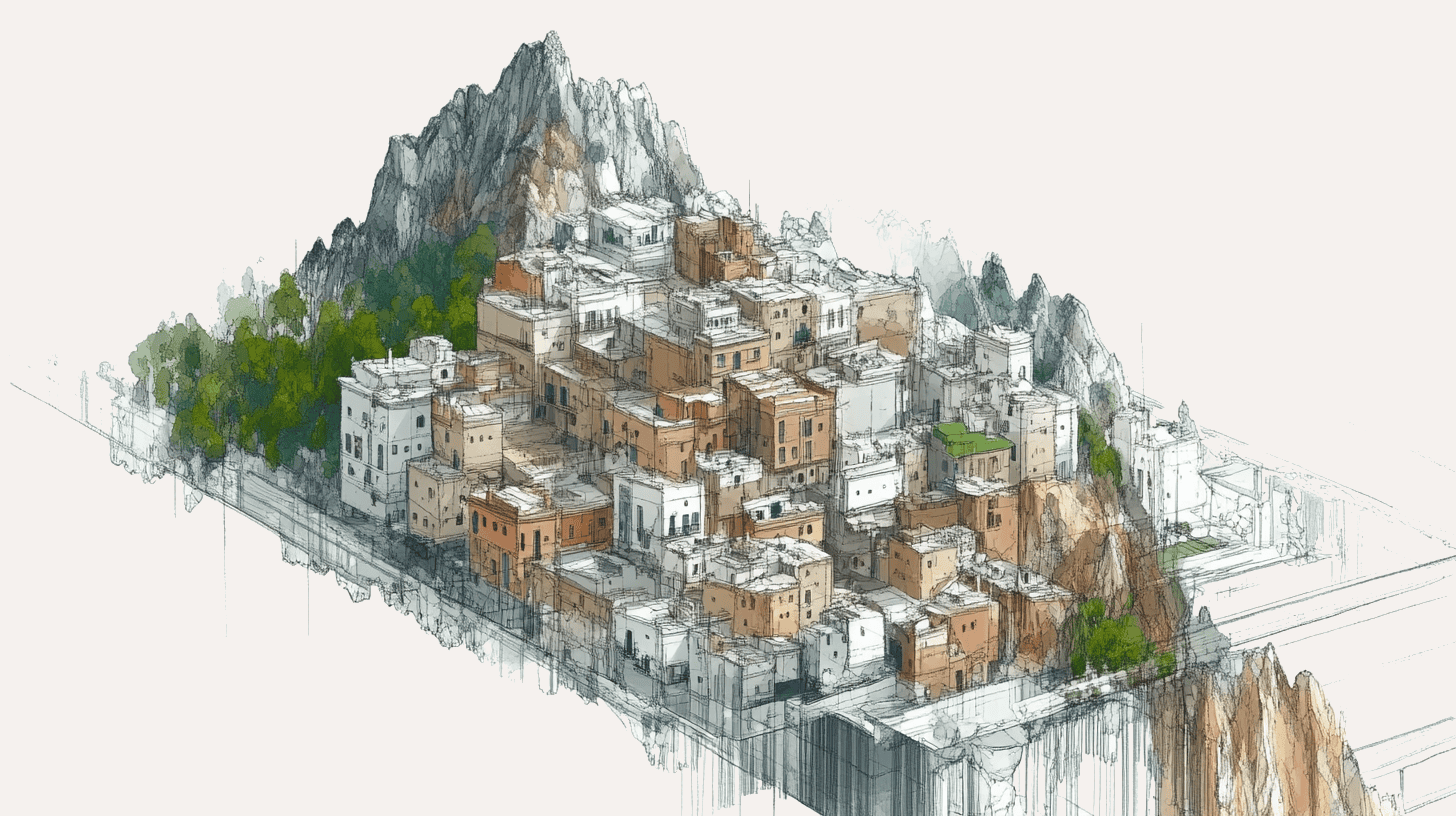
Bioregionalizer observation
The concept of bioregion was introduced in the 1970s by Peter Berg and Raymond Dasmann, who were inspired by indigenous knowledge of the territory. They defined bioregions as geographical units with shared natural and cultural characteristics, emphasizing the intrinsic relationship between the territory, its physical characteristics and local cultures. This initial vision established the basis for bioregionalization as a tool to adapt communities to natural cycles, promoting sustainable land management and connected with ecological and social dynamics.
Donella Meadows expanded this idea by incorporating a systemic and practical vision through the proposal to create bioregional observatories to study interactions between ecosystems and social dynamics. According to Meadows, these observatories are crucial to understanding the processes and flows of a bioregion, allowing solutions adapted to their specific needs. This perspective established the theoretical and methodological bases to make bioregionalization a tool for sustainability and integrated management of the territory.
Subsequently, authors such as Isabel Carlisle, Daniel Wahl, Stwart Cowen and John Thackara developed this vision, focusing on their practical application. Carlisle, from the Bioregional Learning Centre, highlighted local learning and community participation as a foundation to strengthen the links between communities and territories. Wahl, in Designing Regenerative Cultures, integrated bioregionalization into a regenerative framework, highlighting self-sufficiency and connection to natural cycles. Cowan contributed reflections on the resilience of social and economic structures within the framework of bioregionalization, while Thackara emphasised the redesign of territorial systems to maximize local sustainability and effectiveness, consolidating this model as a key tool to address global challenges from a local and integrated perspective.
“I am deeply impressed by the work of Resilience.Earth and its deeply practical and effective approach to supporting Mycenaean networks, place narratives and governance processes that are so crucial to bioregional regeneration. "
- Dr. Daniel Christian Wahl, author of 'Designing Regenerative Cultures
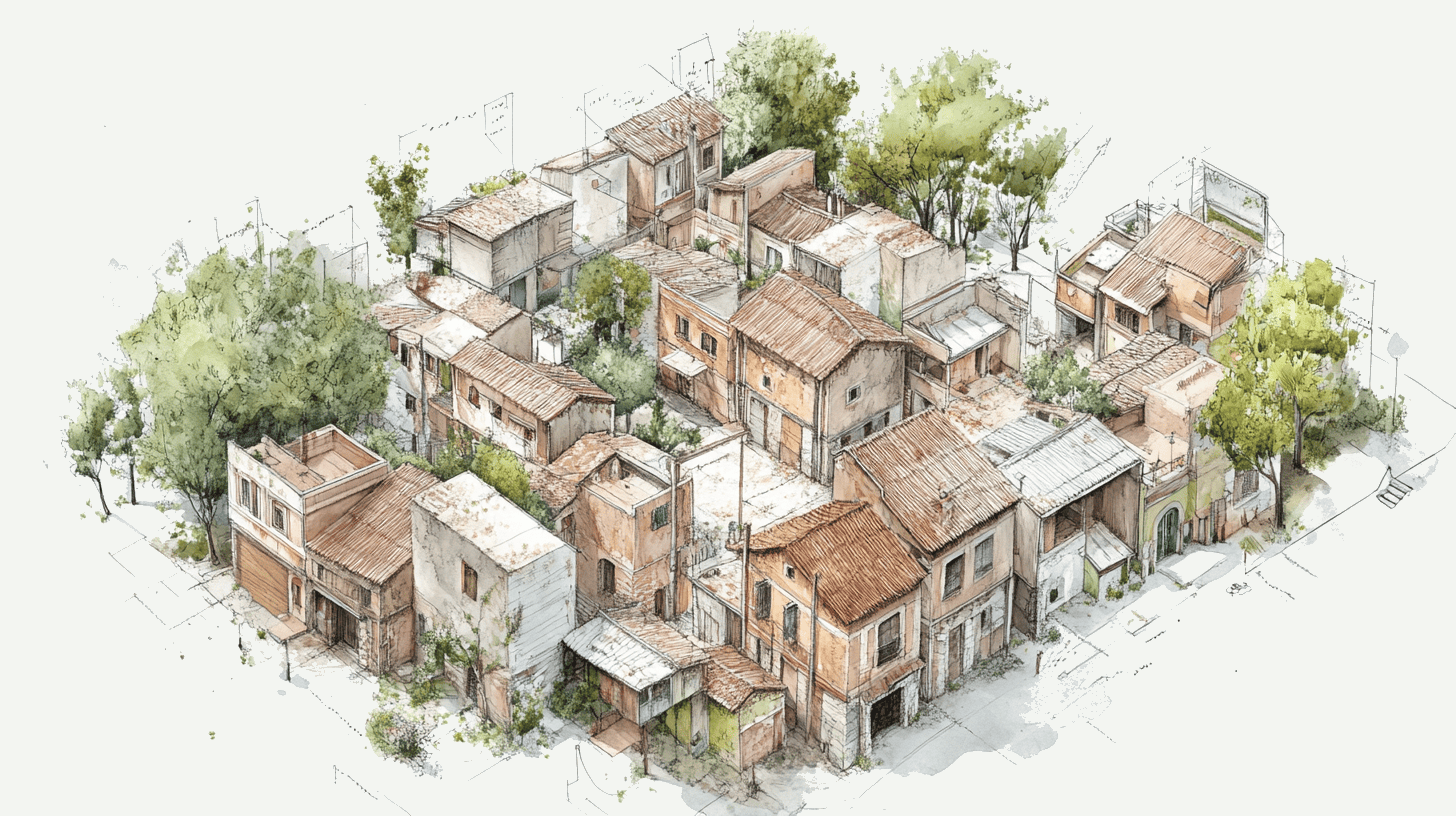
Landscape Units
The work of Joan Nogué and the Landscape Observatory of Catalonia has been essential to understanding the territory as a coherent, cultural and ecologically integrated system. Landscape Units, defined in their catalogues, are areas that share natural, social and cultural characteristics, and can be understood as bioregional units. This approach, which identifies the centers of territorial and historical coherence, allows landscape management adapted to local particularities, favoring governance based on the integration of ecological and cultural values. This methodology is fundamental to territorial planning and the regeneration of territories.
In Resilience Earth, we adopt bioregionalization as an essential framework for the design and implementation of regenerative solutions. We are inspired by the theory of centers of Christopher Alexander, who conceive the territory as an interconnected network where each center has a specific role within the bioregional ecosystem. This polycentric model, aligned with territorial resilience, promotes decentralized governance structures that respect local dynamics, distributing power and decision making equitablely. This perspective facilitates a closer relationship between communities and their territories, ensuring solutions adapted to the specific needs of each bioregion.
The integration of the work of the Landscape Observatory with center theory and Alexander's pattern language reinforces the practical application of bioregionalization. This vision allows us to develop governance structures with territorial and historical consistency, which respond to global challenges through adapted local solutions. Through our experience and collaboration with local and international actors, we promote bioregional models that understand the territory as a living and dynamic system, capable of regenerating and evolving.
“The landscape units not only emerge the landscape diversity of a country, but represent a new way to organize the territory and its governance based on the sense of place and the deep interactions of people with their surroundings. They are the new bioregions and fit perfectly with Resilience Earth's theory and practice."
- Joan Nogué, former director of the Landscape Observatory of Catalonia
In Resilience Earth we nurture the intersectionality of our team, integrating dimensions such as cultural diversity, neurodivergencies and rurality, which gives us a unique plurality of inherent capabilities.
At the same time, we bet on continuous training in disruptive skills and pointers, which allow us to transform these individual dimensions into a wide range of integrated capability. We understand capability as a dynamic synthesis between the unique intrinsic potential of each system and the acquired practical skills, connecting the singular essence of a system with concrete actions to evolve, adapt and align with a living purpose.
In Resilience Earth, we not only acquire innovative skills, but transform them into capabilities adapted to the specific context, incorporating them into a framework that takes into account the capabilities of each consultant. This integration allows us to generate new perspectives, processes and frames with a high potential to accompany change in times of uncertainty. In doing so, we multiply the possibilities of creating significant transformations, aligning actions with shared purposes and contributing to a more resilient and regenerative future.

